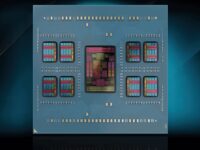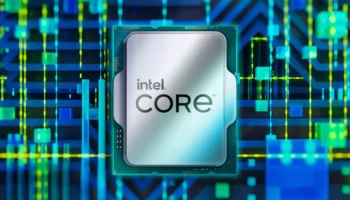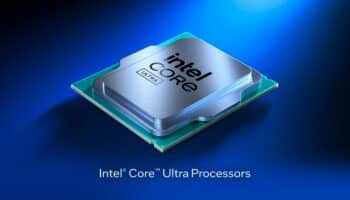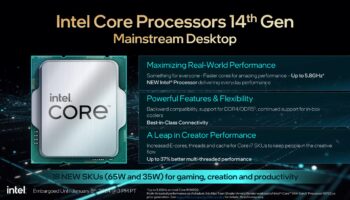Intel will launch its 15th Gen Arrow Lake processors later this year, allegedly regaining process leadership over its Taiwanese rival. Arrow Lake-S will be the chipmaker’s first heterogeneous or chiplet lineup for the desktop market. The primary compute die housing the CPU cores will be fabbed on the Intel 20A node, while the tGPU die will be fabbed on TSMC’s 3nm process. Arrow Lake will be followed by Lunar Lake, which will further upgrade the compute die to 18A. Clearwater Forest will be its technical equivalent on the server end.
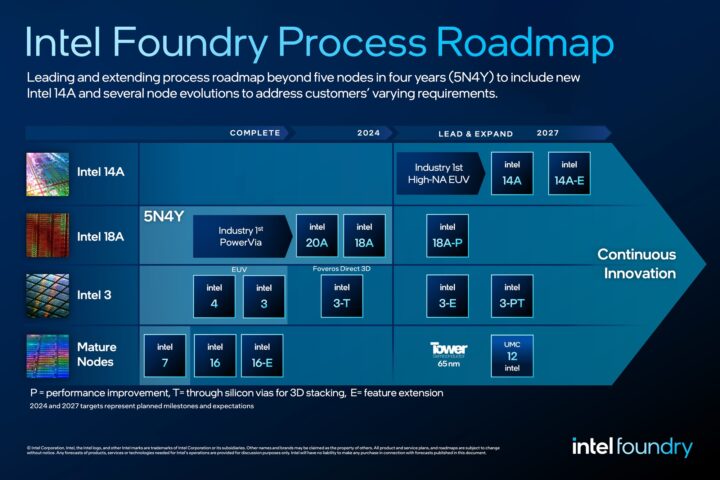
Clearwater Forest will be a cloud-centric design, the successor to Sierra Forest, which is slated to land later this year. It’ll feature up to 288 cores leveraging the Atom-class Darkmont architecture. Like Lunar Lake’s compute tile, these “Darkmont” E-cores will be spread across 12 chiplets (or tiles) fabbed on the Intel 18A process.
The 18A compute tiles will be 3D stacked on three base tiles fabbed on the Intel 3 node in groups of four. The base tiles will hold the CPU L3 cache and VRMs, components getting minimal gains with node shrinks. Finally, the I/O dies will be placed on the top and bottom ends of the package. Fabbed on the Intel 7 process, it’ll control the PCIe, CXL, memory, and other links crucial for connectivity and inter-chip data transfer.

Overall, Clearwater Forest consists of 17 tiles, most of them 3D stacked on the base tiles using Foveros Direct. It prioritizes bandwidth while keeping the latency and power within acceptable limits. It utilizes high-density interconnect bumps to connect relatively similar sets of dies. This is similar to CoWoS, used by TSMC to package NVIDIA’s H100 GPUs and several AMD products.
Intel Foundry will soon offer Foveros Direct to its rivals, hoping to shift some of the production capacity from Taiwan to the US. Larger shares, less competition, appealing prices, and geopolitical security will be the primary incentives for chipmakers looking to switch fabs.
Source: Spectrum IEEE.


